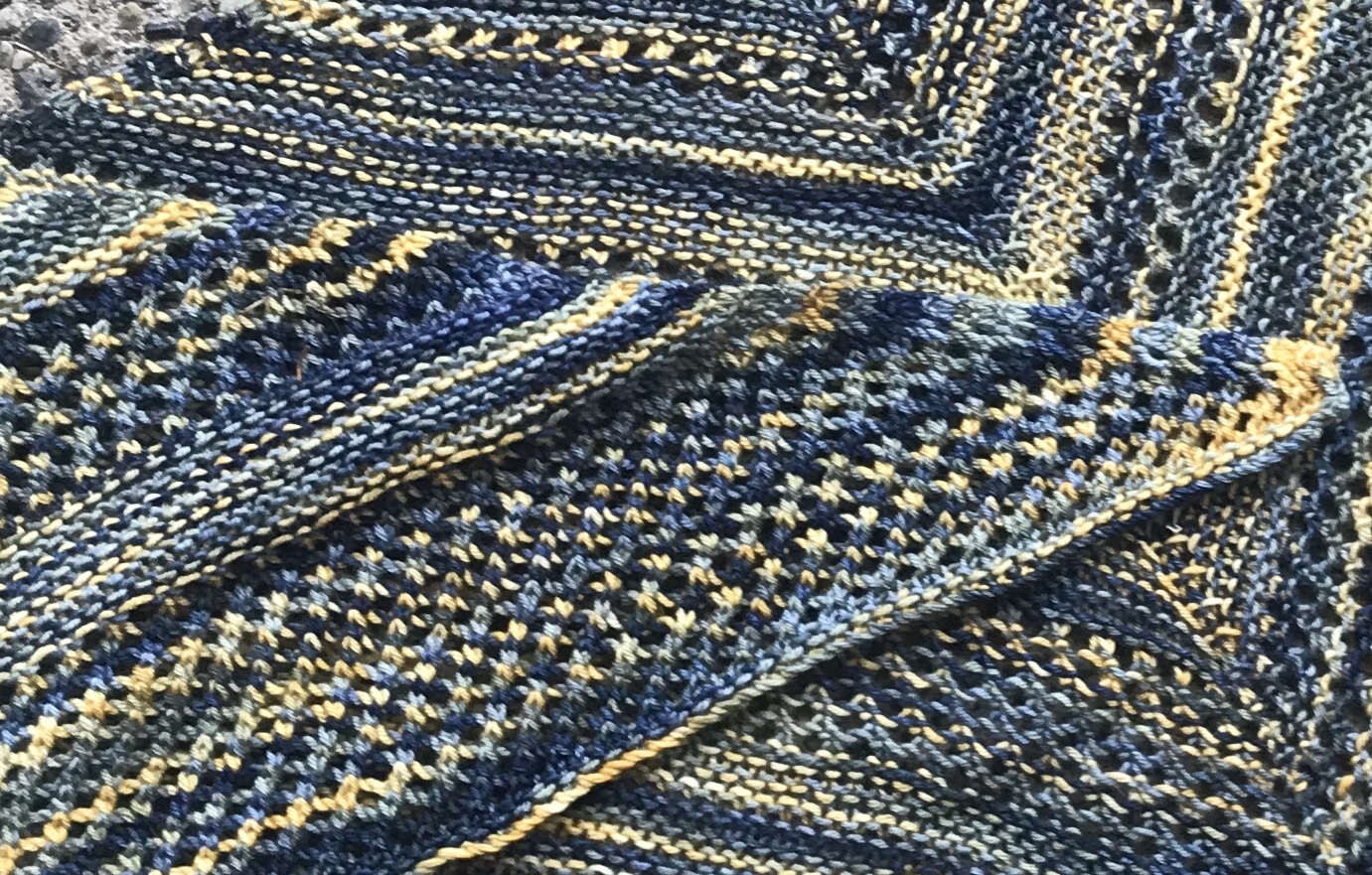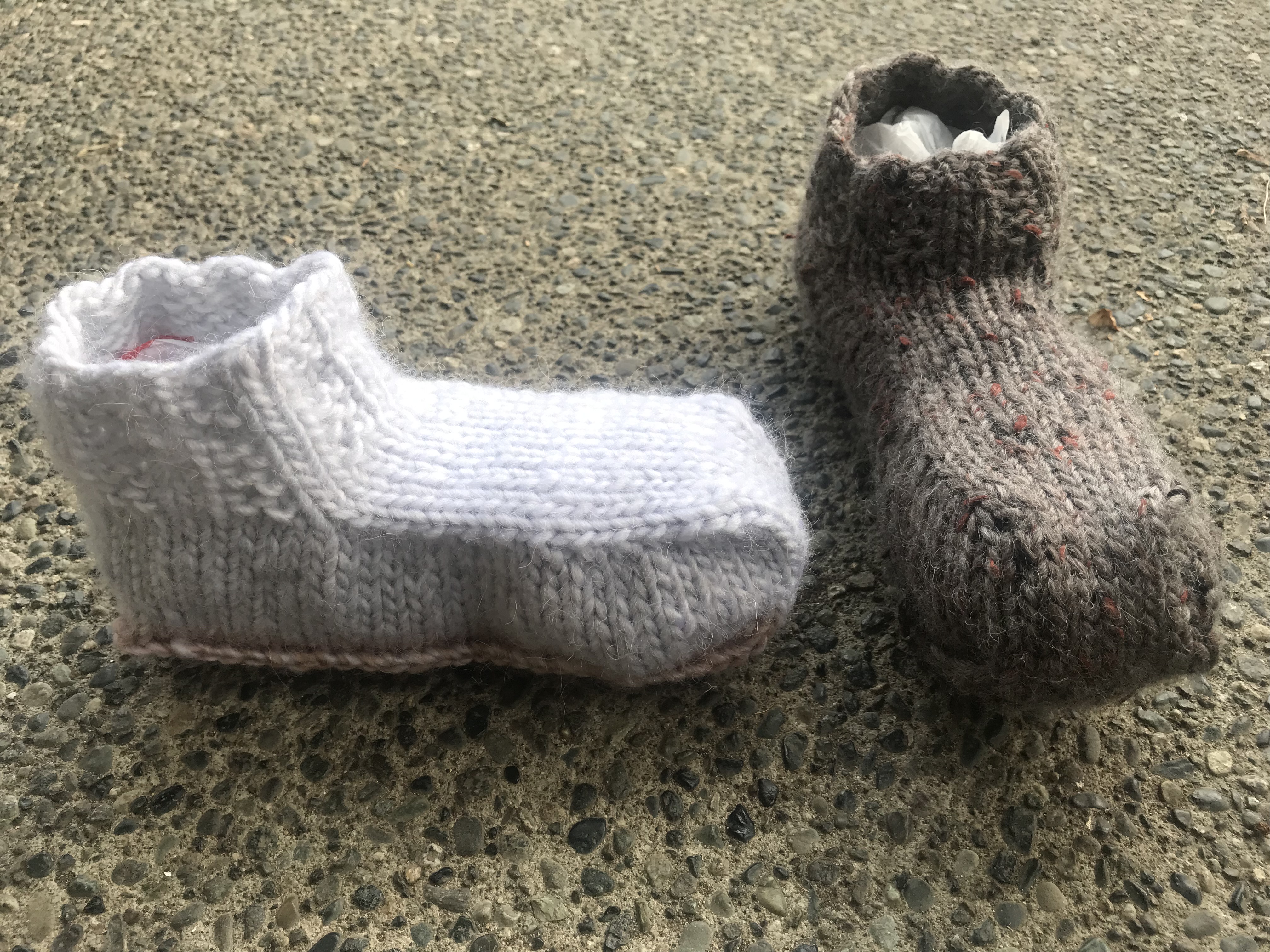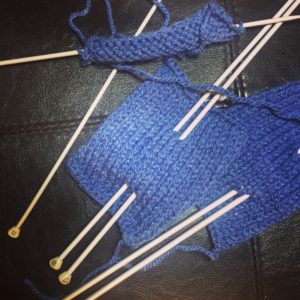 Image via WikipediaLast evening was the twitter #knitchat, and the topic was regarding Finishing – (You can see the topic questions here) Soon the list of tips will be posted by @cloudynatknits so watch for them 🙂
Image via WikipediaLast evening was the twitter #knitchat, and the topic was regarding Finishing – (You can see the topic questions here) Soon the list of tips will be posted by @cloudynatknits so watch for them 🙂
Being a 140 character chat in only one hour with a dozen or so knitters – we could venture off into any number of side topics, following thorugh on all the issues like weaving in ends, button holes, blocking, sewing, etc…but we did do a fair job of sharing tips with one another.
So to that end, I give you a couple of selected tips I’ve learned over the years that I teach in my beginners classes
1) Seams
There are various techniques for seaming, depending upon the location of the seam – invisible seams are best for hats. Shoulder seams need more ‘stability’ so are seamed differently (if not done as a three-needle bind-off – something for a different class!) The most recommended option I hear is Mattress Stitch, however, I do like the Bickford Seam if you want a less bulky seam.
2) Weaving in Ends
Weaving – on the wrong side of the item, put the thread through the backs of stitches – (generally purl bumps), you can go diagonally up and back or across a row
Duplicate stitch method – (my personal favourite) basically follow the path of the yarn with the needle so it’s almost ‘knitted’ into the item.
Knitting in – some people will knit the loose piece(s) when they are knitting through the back of the stitches to avoid weaving later – this sometimes shows ‘through’ the knitting but does save time later.
3) Joins
To avoid having to weave ends in later each time you add a ball of yarn, try an invisible join – my personal favourites are Spit Splicing (if using feltable wool), or the Russian Join.
4) Blocking
For Hats – use a dinner plate for berets; balloon or upside down planter (of correct size) for touques.
For larger items – I use my bed 🙂 BUT, I find the children’s foam floor puzzles are great for blocking boards, plus being puzzle pieces – you can create any size board you want without taking up valuable storage space.
Lots more tips to come in future – but these were the ‘starter tips’ I gave my budding new knitters 🙂
If you’re on twitter – join us on Thursdays for #knitchat!


 I like how they look, but there’s more work to be done before I’m ready to test knit, pattern write, etc…but these are quick gift knits!
I like how they look, but there’s more work to be done before I’m ready to test knit, pattern write, etc…but these are quick gift knits!

